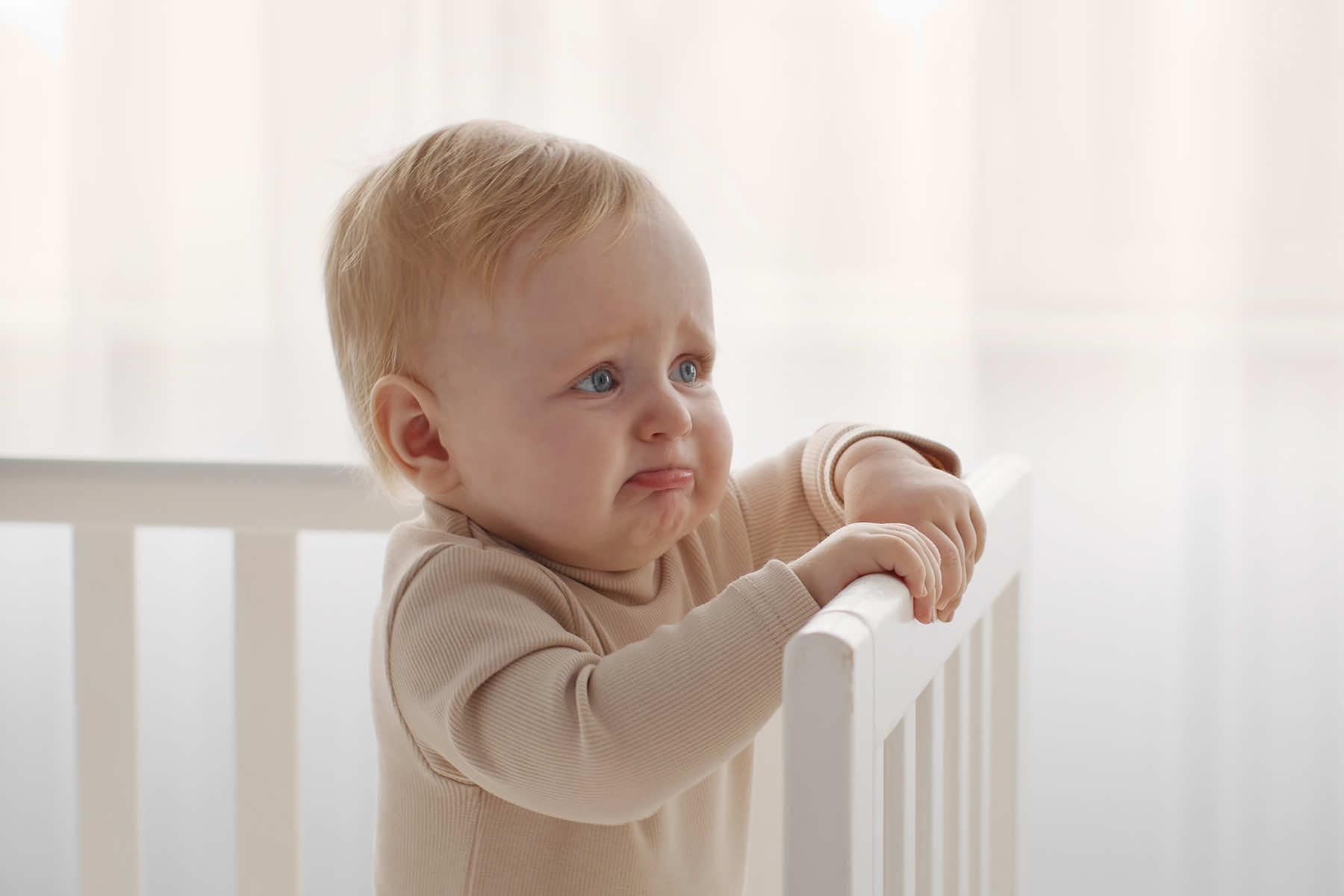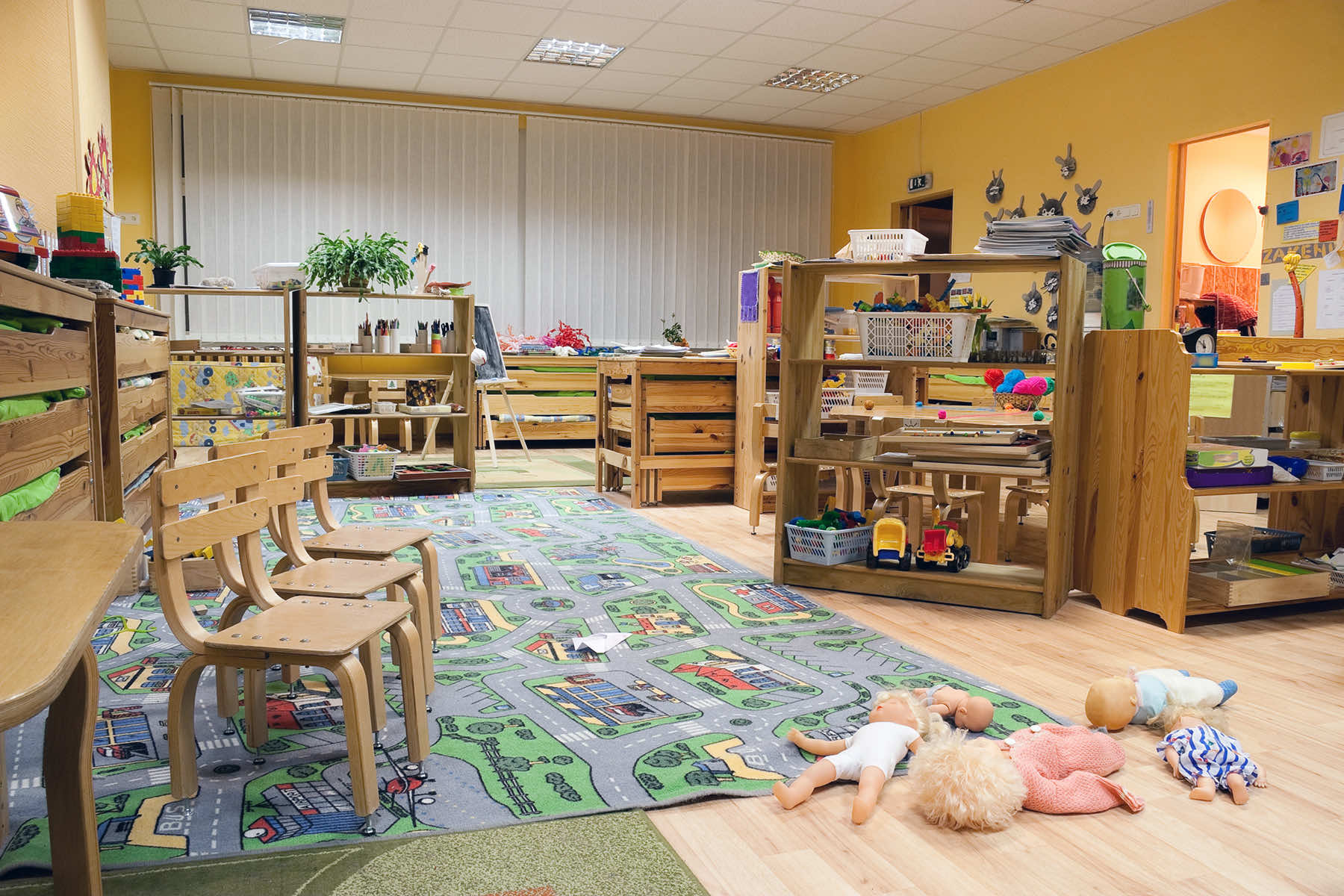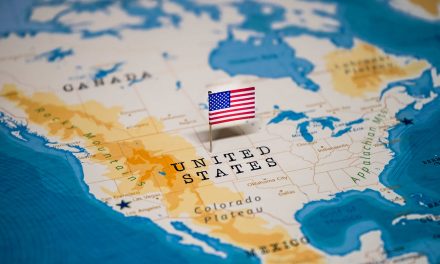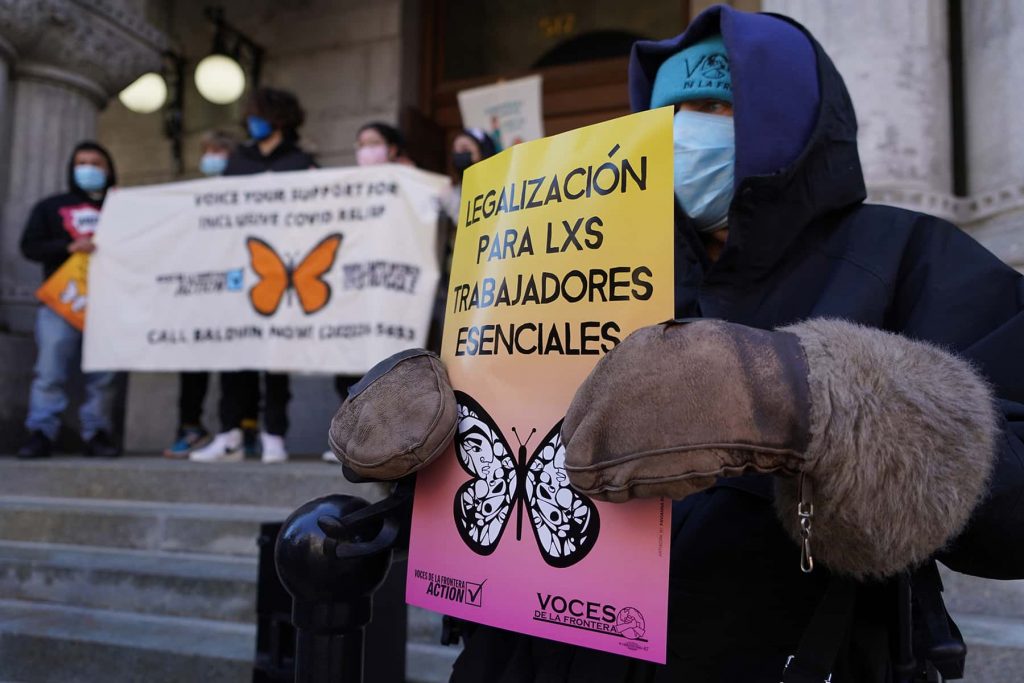
American families with children, and the American Dream they are trying to live, are about to face a serious crisis.
Counterintuitively, the pandemic brought a child-care boon to working families with kids. This was in large part due to the extraordinary efforts of Nancy Pelosi in the House and Bernie Sanders in the Senate, who got billions for expanded childcare funds to families in distress.
Although these were technically emergency funds, they were similar to normal, routine programs offered by virtually every other developed country in the world.
But when the pandemic was declared officially over, Republicans dug their feet in and said that there was no way America would ever do for its families what Europe, Canada, and the democracies of Asia do for theirs.
So the funds are expiring this month and one-in-three American children’s families will lose the money to cover childcare costs, causing an estimated 3.2 million kids to lose care and lead to the shut-down of an estimated 70,000 child-care programs.
This is crazy, but it makes perfect sense to Republicans who believe if kids weren’t born to wealthy parents they should have no claim to life’s best opportunities. There is a backstory here that’s worth understanding.
Most of America’s labor and child care policies were established or find their foundation in FDR’s New Deal and the work of his Labor Secretary, Francis Perkins. At the time, women had few rights and little economic or political power.
Their opportunities in the workplace were strictly circumscribed (I still remember, in the 1970s, The Lansing State Journal requiring me to place a “Help Wanted: Secretary” classified ad in the “Women Wanted” section), pay was correspondingly low, and benefits were non-existent.
A historian for the U.S. Department of Labor tells a story that was repeated often back in the early 1930s before the passage of New Deal labor protections:
“While President Franklin Roosevelt was in Bedford, Mass., campaigning for reelection, a young girl tried to pass him an envelope. But a policeman threw her back into the crowd. Roosevelt told an aide, ‘Get the note from the girl.
“Her note read, ‘I wish you could do something to help us girls….We have been working in a sewing factory,… and up to a few months ago we were getting our minimum pay of $11 a week… Today the 200 of us girls have been cut down to $4 and $5 and $6 a week.’
“To a reporter’s question, the President replied, ‘Something has to be done about the elimination of child labor, and long hours and starvation wages [for women].’”
The battle over working conditions and pay was particularly bitter in the South. As an Indiana congressman declared during a 1937 debate on legislation to establish a minimum wage:
“There are in the State of Georgia, canning factories working … women 10 hours a day for $4.50 a week. Can the canning factories of Indiana, Connecticut, and New York continue to exist and meet such competitive labor costs?”
The result — after considerable public pressure by FDR and Perkins — was the 1938 Fair Labor Standards Act (FLSA), which established the minimum wage, created boundaries on the ability of employers to exploit workers, and outlawed child labor but also — because of the hostile-to-women-in-the-workplace business climate of the day — ended up cutting the working opportunities for women.
At that time, most families subsisted on a single paycheck, and the “homemaker mom” was the norm across America. Outside of the upper middle class and the morbidly rich, childcare that would allow leisure or work time for a working class or poor mom was, outside of a grandparent or close relative, nonexistent.
Travel was also far more expensive and inconvenient than it is today, so families tended to live closer to grandparents, who, when mom did work, could often fill that childcare gap. I saw this in my own family: my stay-at-home mom cared for several of my brothers’ kids over the decades when my sisters-in-law went to work in the 1980s.
That era — the Reagan/Bush Revolution 1980s — was the transitional time. As Reagan took a meataxe to unions and cut taxes on the morbidly rich while raising them repeatedly on the middle class, working class wages and take-home pay first froze and then began to collapse at the same time housing and Reagan-deregulated medical costs were exploding. Mom, in many cases, had no choice but to go to work if the family wanted to continue to live the American Dream.
In pushing women into the workplace to make up for dad’s loss of income and the shipping of good jobs overseas, Reagan and his neoliberal heirs had some help. The birth control pill was legalized in 1961 and was in widespread use by 1965. Abortion was legalized with the Supreme Court’s Roe v Wade decision in 1973.
As women gained control of their own fertility and the women’s movement expanded workplace opportunities, the economic definition of the normal American family shifted from a single breadwinner to two (or more).
When you look at household income statistics you see that they’ve been steadily but incrementally growing ever since the 1970s; when you look at individual income, though, the story is quite different, as pay only increased slightly, then declined, particularly over the past two decades, in the years since Reagan put the US into his trickle-down supply-side model.
Many of these dynamics — particularly the empowerment of women in the job market post-1960s — are not unique to the US. Developed countries across the world have stepped up to backstop women in their entry into the workplace by providing, paying for, or subsidizing childcare from an early age. These policies are assisted by family leave provisions that cover months and sometimes years after childbirth.
As Claire Cain Miller noted in The New York Times:
“Typical 2-year-olds in Denmark attend child care during the day, where they are guaranteed a spot, and their parents pay no more than 25 percent of the cost. That guaranteed spot will remain until the children are in after-school care at age 10. If their parents choose to stay home or hire a nanny, the government helps pay for that, too.”
Miller notes that rich countries “contribute an average of $14,000 a year for a toddler’s care” while here in the US it’s around $500.
And it really is that stark. Norway, at the top of the OECD list of the world’s developed nations, spends an average $29,276 per child per year and Hungary, at the bottom, spends $7,222. The OECD average is $14,436. As noted, the US spends $500.
President Biden proposed legislation in 2022 that would cap American families’ childcare expenses at 7 percent of their income, but Republicans in Congress killed that part of what ultimately became the Inflation Reduction Act.
Another crisis for working families — particularly two-income working families without union protections — is illness. In addition to the costs of illness and the constant rip-offs by insurance companies demanding co-pays and pre-approval for tests and procedures, millions of American workers don’t have paid time off work when they fall sick.
While 76 percent of workers have access to some form of paid sick leave, those numbers are heavily skewed by high-income employees. Among the bottom 25% of workers (wage-wise) only about half have paid sick leave. For people in the bottom 10% of income it is fewer than 30 percent.
In February of this year, President Biden called on Congress to fix that situation by passing legislation to mandate paid family and medical leave.
“No American should ever have to choose between a paycheck and taking care of a family member or taking care of themselves,” the President said, adding, “Workers must have access to paid leave when they face a medical or caregiving need that affects their ability to work. Yet, the United States is one of the few countries in the world that does not guarantee paid leave.”
Republicans immediately announced their opposition to the proposal and at the moment it’s frozen in Congress, blocked in the House by Speaker Kevin McCarthy and in the Senate by Tennessee Republican Senator Lamar Alexander.
Given the paucity of childcare options and the number of two-wage-earner families, family and sick leave is no luxury. Paid sick leave is even a public health issue: for example, do you want a waiter or cook sick with the flu or some other disease sneezing on or handling your food?
When people don’t have paid sick leave and they’re barely able to pay the rent with their wages, there’s a powerful incentive to work when sick, infecting both their co-workers and their company’s customers.
In some countries, like Germany, sick leave is paid by the government; Germany allocates 2.3 percent of GDP for this purpose. Other countries, like Luxembourg, require employers to cover the cost for a specific time (in Luxembourg it’s up to 3 months) and then the cost rolls over to the government. Most developed countries have specific subsidies or exceptions for small employers who would be hit hard by such expenses.
This is such a commonsense perspective that the United States is the only developed country in the world that neither offers paid sick leave nor paid family leave.
And it’s not just the rich countries of the world: fully 98 countries mandate one or both, and even at the bottom of the OECD wealth scale you find Slovenia with unlimited sick time and Lithuania offering 15 months of leave for childbirth or other family emergencies.
Repeatedly since the 1970s Democrats have proposed both paid sick and family leave, only to see their proposals shot down every time by Republicans. The result has been increased stress on our families and, when contagious diseases are circulating like during flu season, a public health crisis.
America gives a lot of lip service to the American Dream, but we haven’t led the world in meeting human needs since the Reagan Revolution.
It’s time to wake the hell up and start putting families above the interests of billionaires and corporate bosses who just want to squeeze every last penny out of their employees, consequences to them and their children be damned.
Prostock Studio and Dainis (via Shutterstock)
© Thom Hartmann, used with permission. Originally published on The Hartmann Report as The American Dream Demands Paid Sick Leave & Low-Cost Child Care
Subscribe to The Hartmann Report directly and read the latest views about U.S. politics and other fascinating subjects seven days a week.















